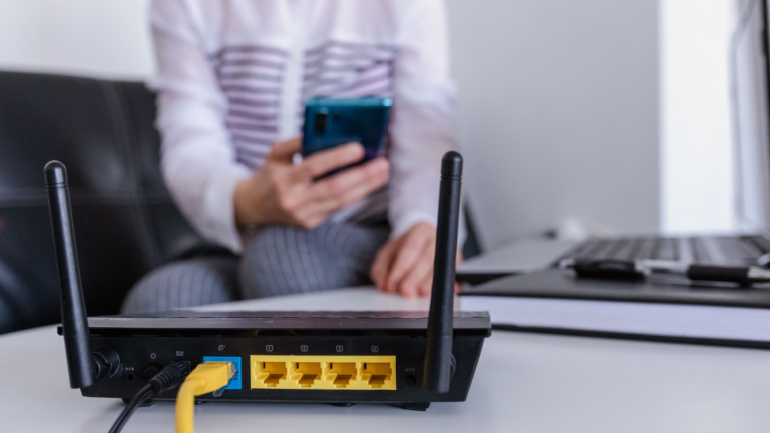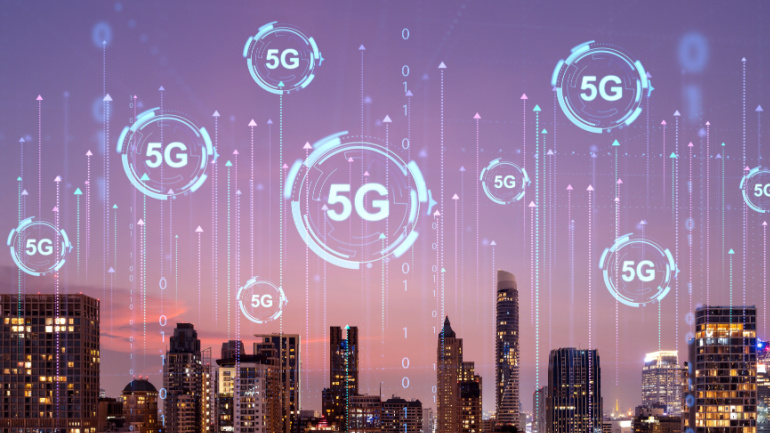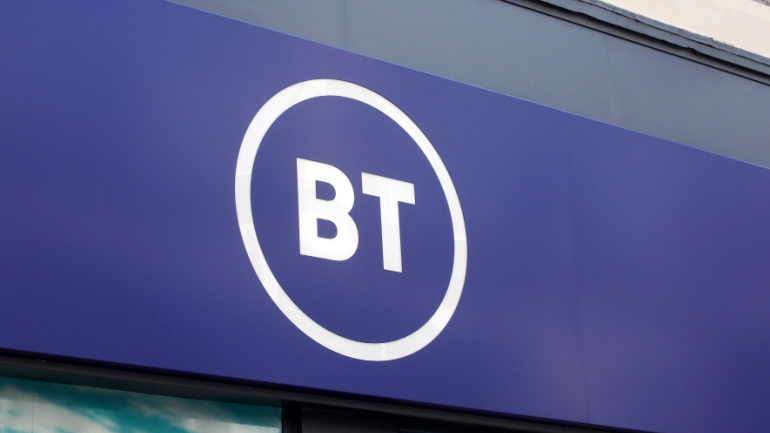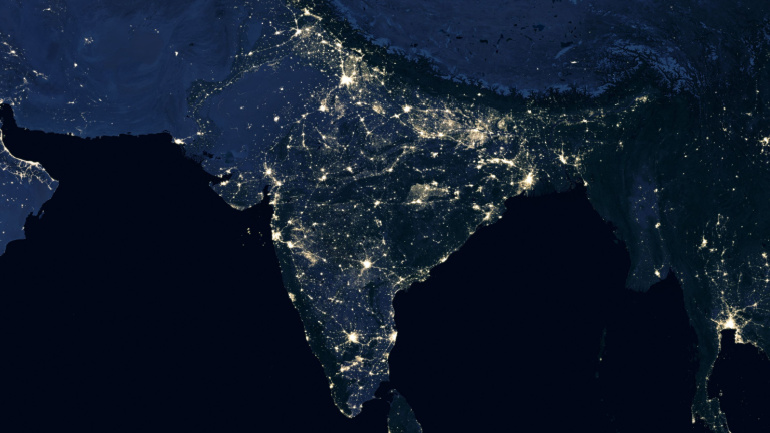In a surprising move, Blackpool-based Internet Service Provider (ISP) Yayzi has outpaced its larger competitors by introducing a 2.3-Gbps consumer broadband service. Leveraging CityFibre’s XGS-PON network, the service, which boasts a symmetrical throughput of up to 10 Gbps, sets a new standard in the UK ISP market.
In a fiercely competitive telecom landscape, where operators strive to meet the ever-increasing consumer demand for fast, accessible, and reliable 5G networks and services, MedUX, a leader in international fixed and mobile network testing and benchmarking, has released exclusive research on 5G performance in the UK’s capital. This comprehensive report reveals that EE not only leads in 5G reliability but also is able to provide the overall finest Quality of Experience (QoE) in London, with a score of 4.61 out of 5.
Ofcom’s proposal to supply backup batteries for mobile sites to improve network resilience has brought forth divergent viewpoints. Vodafone – a prominent voice in the debate – highlights operational complexities and massive costs associated with the backup plan, stressing that mobile operators should not carry the full financial burden.
BT’s recent talks with SpaceX to leverage Starlink’s LEO satellite fleet for remote connectivity in the UK has sparked curiosity, especially given BT’s current partnership with OneWeb, Starlink’s competition. It’s speculated that Starlink’s innovative direct-to-device capabilities, which promise unblemished global coverage without a need for a terminal, could be the allure.
Aiming to diminish the climate impact of legal proceedings, a group of dedicated lawyers is advocating for sustainable litigation practices across England and Wales. Aligned with the 2015 Paris Agreement, the initiative pleads with organizations striving for Net Zero emissions to adopt the Greener Litigation Pledge. VMO2 plays a key role in this movement, with ambitious plans to reduce its emissions by 90% by 2040.
Brookfield Asset Management’s proposed $2.5 billion acquisition of American Tower Corporation’s Indian operations could redefine the country’s telecom landscape. This strategic move, merging around 75,000 of ATC’s sites with Brookfield’s digital infrastructure, would create the world’s second-largest independent tower company. However, government approval remains a necessary stepping stone.
Ooredoo drives Qatar National Vision 2030 with a widespread fiber rollout, covering 99.9% of households, maintaining high service levels and introducing innovative technologies. Vodafone UK advocates for the implementation of 5G SA technology, citing its transformative impact on industries, such as renewable energy and agriculture. CableLabs has made strides in deploying 10G network in 2023, advancing DOCSIS 4.0 technology, issuing CPON architecture specifications, and accelerating FTTP adoption. Microsoft’s new Copilot key represents a groundbreaking addition to Windows keyboards, integrating AI seamlessly and signaling a significant shift after three decades.
In a strategic move to gain a foothold in India’s expanding telecommunications market, Elon Musk’s satellite communications constellation, Starlink, is reportedly considering a stake in Vodafone Idea (Vi). As of 2024, Starlink boasts a constellation of over 5,500 low Earth orbit (LEO) satellites, providing commercial services in more than 60 countries to approximately 1.5 million subscribers.
Investigating the annual telecom standings in the DACH region unveils significant enhancements. Deutsche Telekom leads in Germany, marked by its thirteenth victory in Mobile network systems, with an improvement in 15 points. Austria’s competition ended with Magenta taking the top spot, entering the global Top 5 Club. Swisscom claimed victory in Switzerland for the sixth time in a row.
Discover how Telecommunications giant Altice, facing a whopping $60 billion debt, eyes its Portuguese operation Meo as a lifeline. Amid debt woes, other challenges surface, including a scandal involving co-founder Armando Pereira. International telecom players are also in motion, with the Saudi STC Group asserting its presence in Europe, and UAE-based e& planning to increase its stake in Vodafone.













